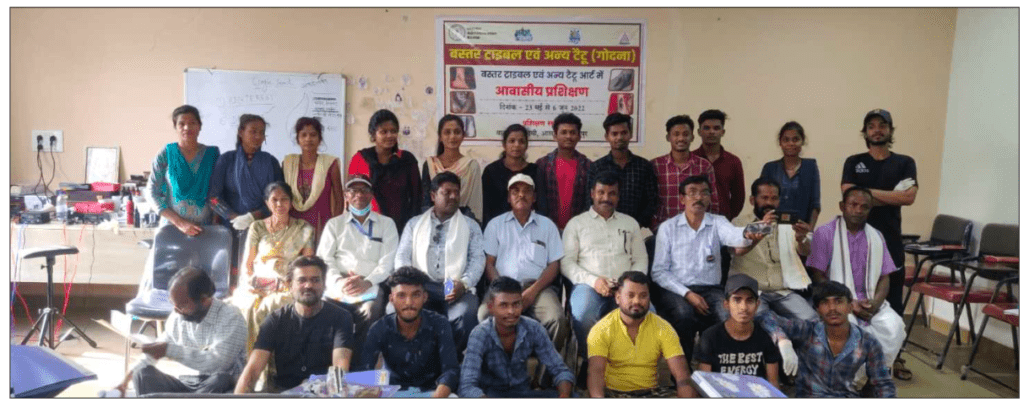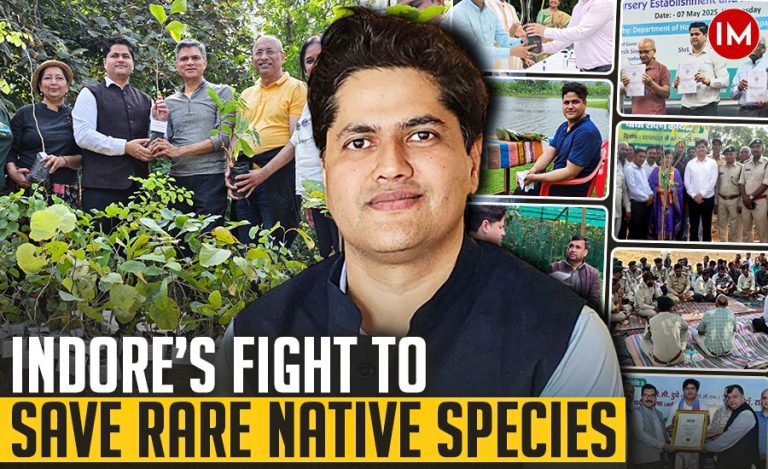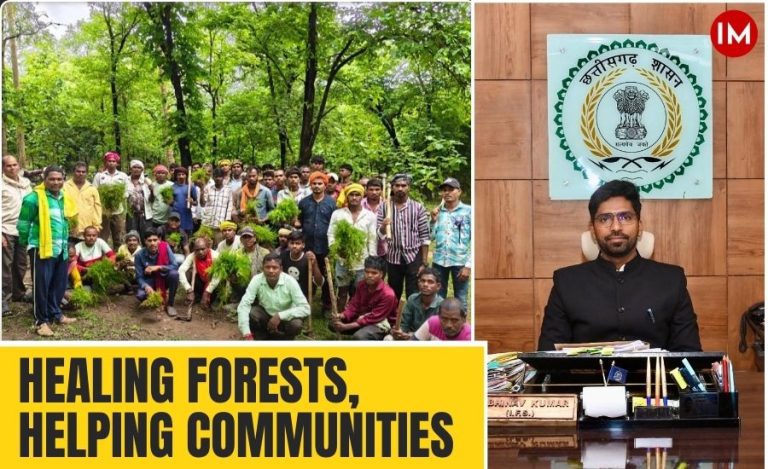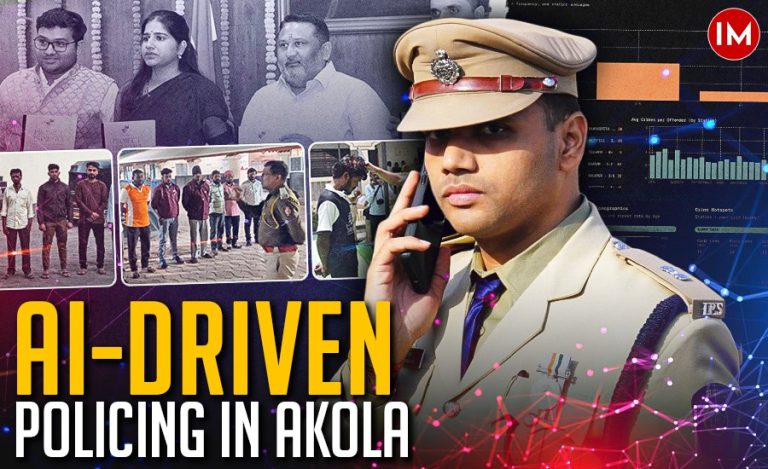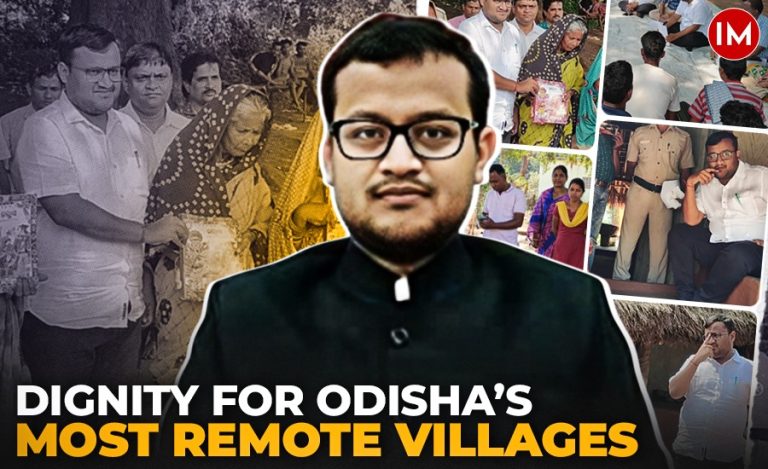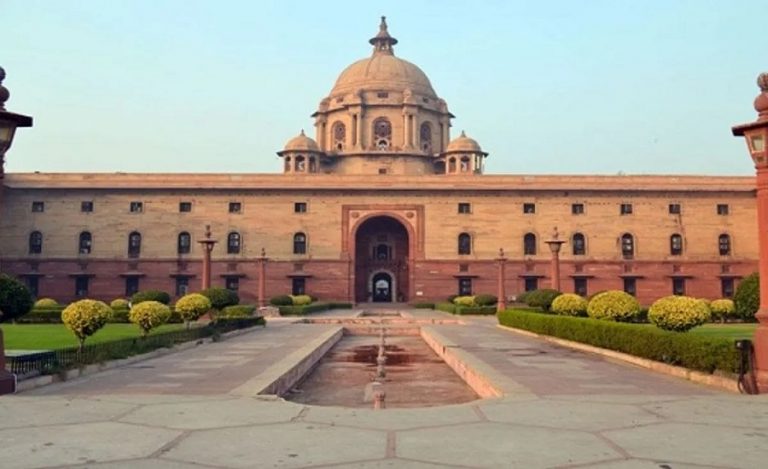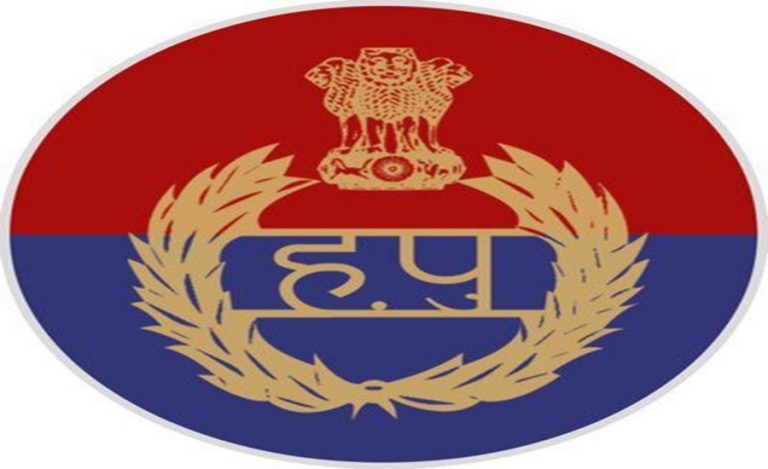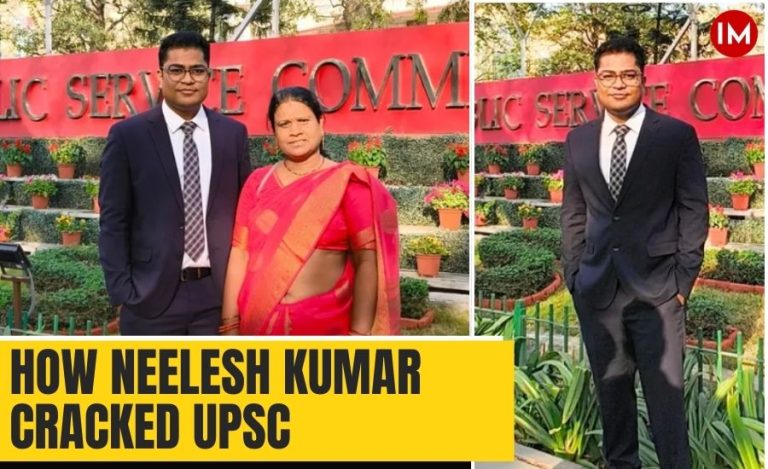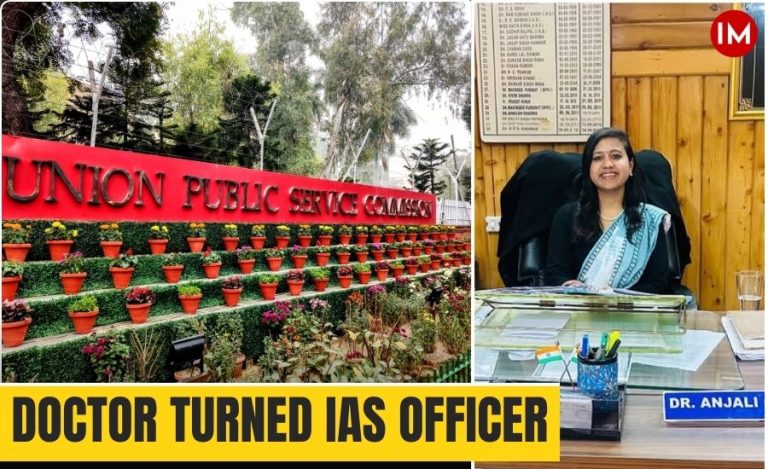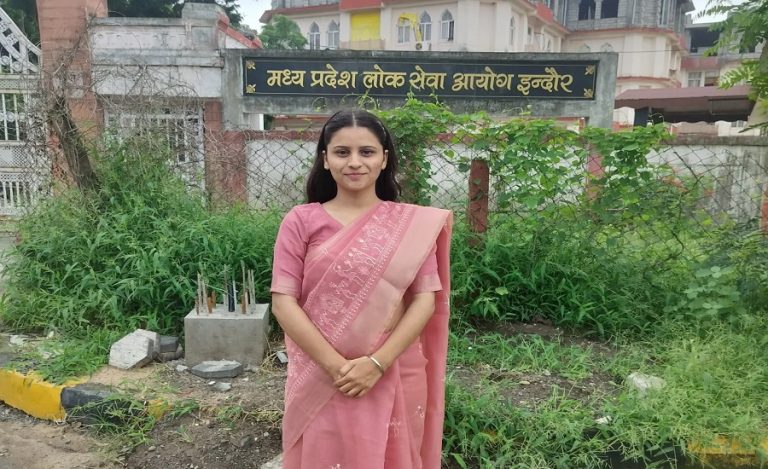It is customary for the tribes of Bastar in Chhattisgarh to get tattoos on their bodies. Some call it ‘Godna’ while some call it ‘Bana’. Both men and women get these Godnas done and believe that it will save them from bad energy and negativity.
However, though this tattoo culture is ingrained in the tribal culture of this region, it is slowly fading away. The youth seem to have lost interest in it, or else, are plain reluctant to carry this tradition forward. Hence, the district administration of Bastar decided to step in to preserve the unique tattoo culture of the Bastar tribes. As part of the many steps taken in this regard, a traditional tattoo training camp was organised in the Bastar Academy of Dance, Art & Culture for the tribal youth.
In conversation with Indian Masterminds, District Collector of Bastar, Chandan Kumar, shared details of this tattoo programme.
MODERNISING TATTOO ART
Twenty youths from the tribal communities participated in the training programme to learn about the traditional art form. “I always say that culture, tradition and skills should revolve around any kind of development. When it is about the development of tribes, then culture and tradition become more important. Tattoo has traditionally been part of tribes’ life, but the younger generation was not embracing it. The residential training was held to make them aware about this tradition and teach them the way to give a modern touch to it. This way it becomes more relevant and gets accepted by the people,” Collector Chandan Kumar said.
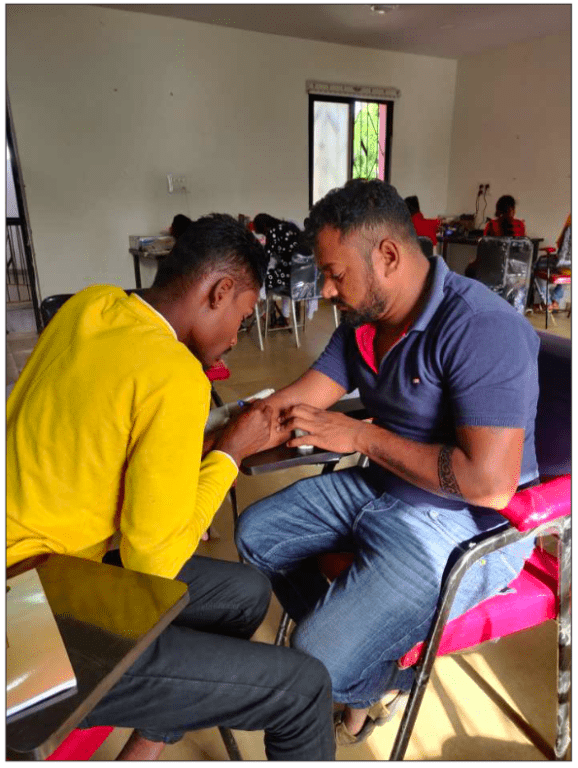
The training was held from 23 May to 26 June. During that time, the participants were taught about the traditional tattoos of the Bastar tribes and how to make them modern. If made in the traditional way, these Godnas would hurt a lot. So, during the programme, the participants were taught to use rotary tattoo machine and coil tattoo machine. This makes it easier for the artist and also eases the pain of the one who is getting a tattoo.
TATTOOS FOR LIVELIHOOD
After the training, the youths were provided with a kit so that they can start a livelihood out of this skill. “The whole idea is to preserve this and propagate it by encouraging the youngsters to take it up for their livelihood. We were pretty much successful in it. Many of the trainees started getting customers even before the completion of the training programme,” Mr. Kumar said.
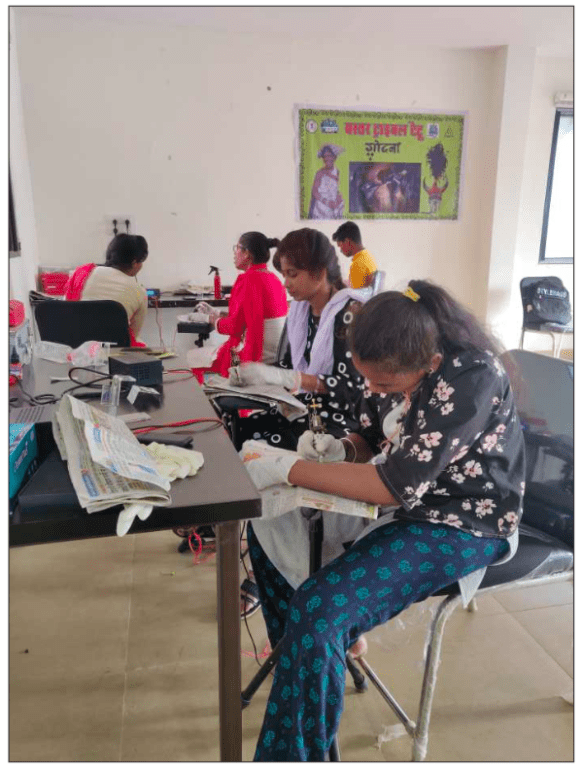
Since, most of the community members are engaged in farming now, the administration is planning to organise the second phase of this programme in September. They are also cautious about giving the training to a limited number of people, so that they get a bigger customer base and their livelihood is secured.

